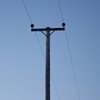
Single pole
A single pole (normally wooden) used to support overhead electricity wires and other NIE Networks' equipment such as pole mounted transformers.
Rate payable is per individual pole.

Double pole
A two pole structure (normally wooden poles) used to support overhead electricity wires and other NIE Networks' equipment such as pole mounted transformers.
Rate payable is per individual pole (sometimes referred to as per leg).
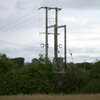
Four pole structure
A four pole structure (normally wooden poles) used to support overhead electricity wires and other NIE Networks' equipment such as a pole mounted transformer.
Rate payable is per individual pole (sometimes referred to as per leg).
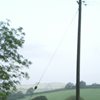
Stay
A steel wire connected to the top of a pole and anchored diagonally to the ground to provide additional support to a wooden pole.
Rate payable is per individual stay.
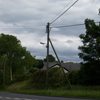
Strut
A wooden pole placed at an angle to a vertical pole for the purpose of providing additional support by counteracting the pull of the overhead wires.
Rate payable is per individual strut.
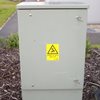
Mini pillar
A metal cubicle, normally located on the back edge of a footpath, used as a distribution point for the underground cable network.
Rate payable is per individual mini pillar when located on an individual's property.
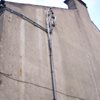
Cable riser
A cable vertically attached to a building for the purpose of connecting an underground cable to surface wiring, for example cable attached to a gable wall.
Rate payable is per individual cable riser.

Earth wire
A copper wire laid underground which provides additional safety to the electricity network.
Rate payable is in units of 100 metres eg. 120 metres of underground earth wire would be classified as two units.
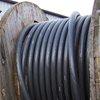
Underground cable
Cable that is laid underground to carry electricity.
Rate payable is in units of 100 metres eg. 120 metres of underground earth wire would be classified as two units.
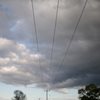
Unsupported overhead wires
Wires which are strung between poles or from pole to building for the purpose of carrying electricity but where the poles or building are not on the landowners property.
Rate payable is in units of 100 metres eg. three wires strung between two poles, 80 metres apart, would be classified as one unit.
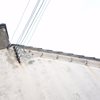
Conductors and/or wires on buildings
Wires which are mounted on the wall of a building for the purpose of carrying electricity.
Rate payable is per individual buildings regardless of the number of wires.
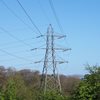
Steel tower
A metal structure used to support high voltage overhead electricity wires. Steel towers are classified using the area occupied at ground level.
Rate payable is based on the area of the base and per individual legs of the tower.
Earth mat
An underground copper earth mat placed at the base of a pole to allow NIE Networks' engineers to work safely when operating equipment mounted on that pole.
Rate payable is per individual earth mat.
